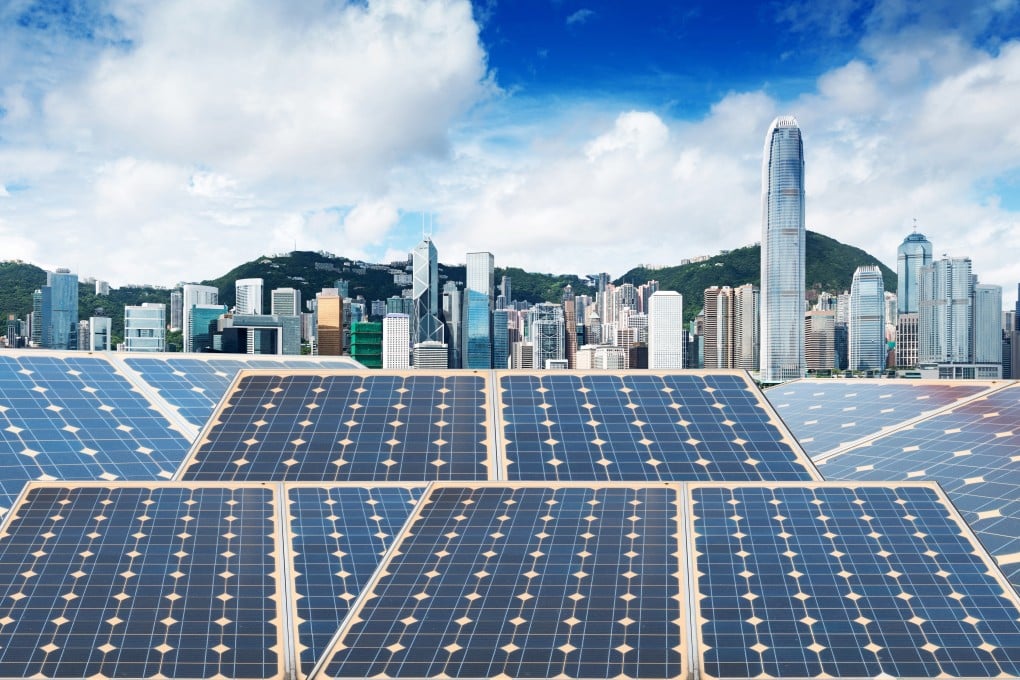Advertisement
Climate crisis: Hong Kong, UK and Singapore dive in, but are green bonds just greenwashing?
- Three of the world’s biggest financial hubs are launching multibillion-dollar green bond programmes amid a push to address the climate crisis
- But sceptics say the bonds aren’t always as green as they sound, and with governments jumping on the bandwagon, who is left to keep them in check?
Reading Time:6 minutes
Why you can trust SCMP
1

Green bonds – fixed income securities that raise capital for environmental initiatives – are not quite the new kid on the global financial scene.
But 14 years since the first green bond was issued by the European Investment Bank, the instruments may be entering a new era as interest heats up amid a global push to address the climate crisis.
In February alone, three of the world’s biggest financial hubs – Hong Kong, Britain and Singapore – unveiled plans to catalyse their green bond markets.
Advertisement
To do so, authorities in these cities are launching massive sovereign green bond programmes, in the hope that they will spur private sector issuance and investment.
The British government, which unveiled its new budget this week, said it would sell some £15 billion (US$20 billion) worth of green bonds in 2021.
Advertisement
In Hong Kong, the Financial Secretary Paul Chan Mo-po said in his budget statement on February 24 that the city planned to double its green bond programme to HK$200 billion (US$25 billion) so that it could issue a further HK$175.5 billion of such instruments in the next five years.

Advertisement
Select Voice
Choose your listening speed
Get through articles 2x faster
1.25x
250 WPM
Slow
Average
Fast
1.25x